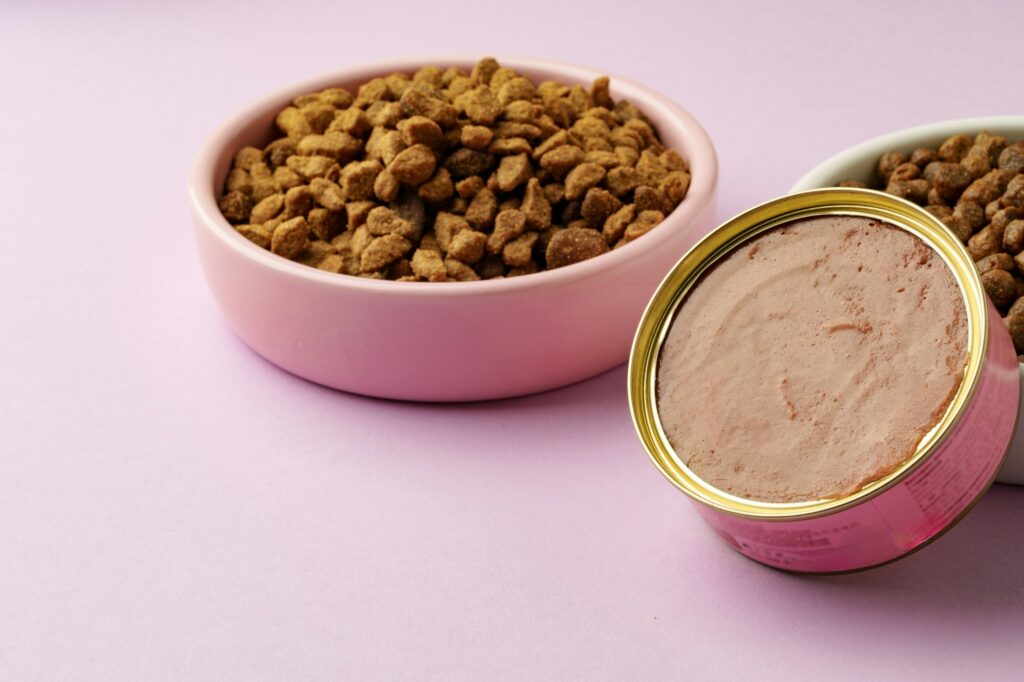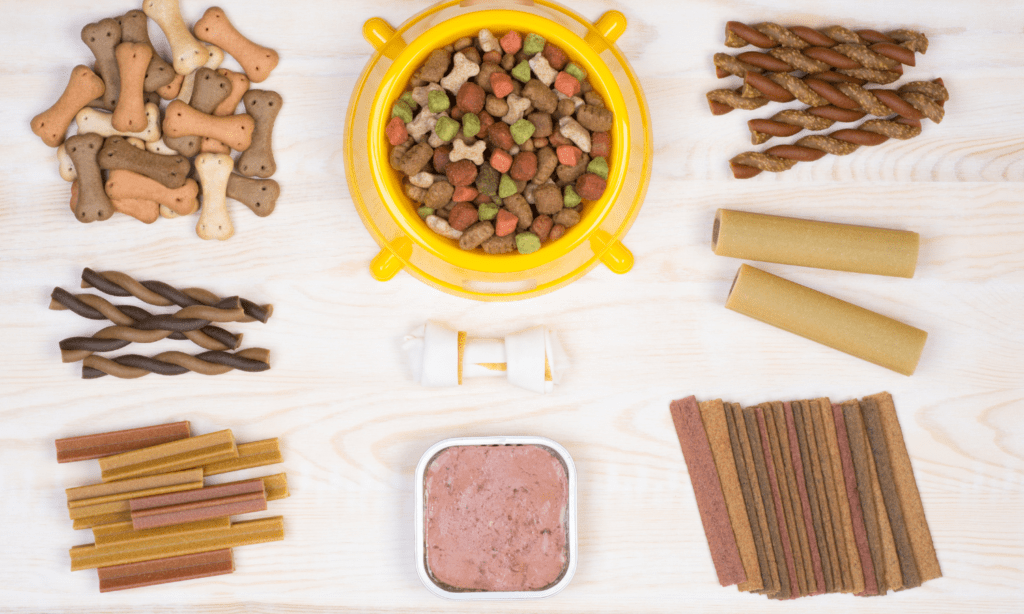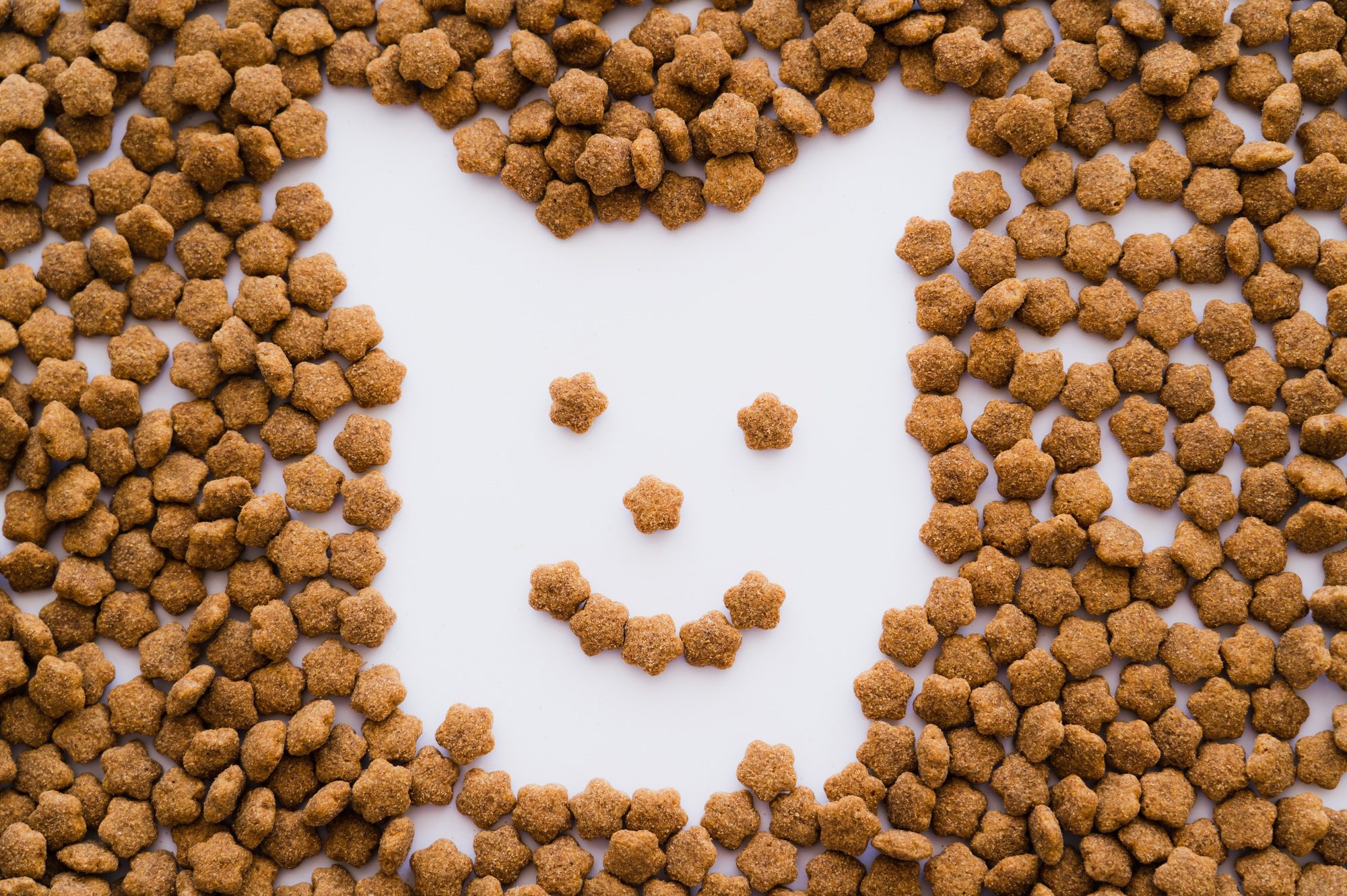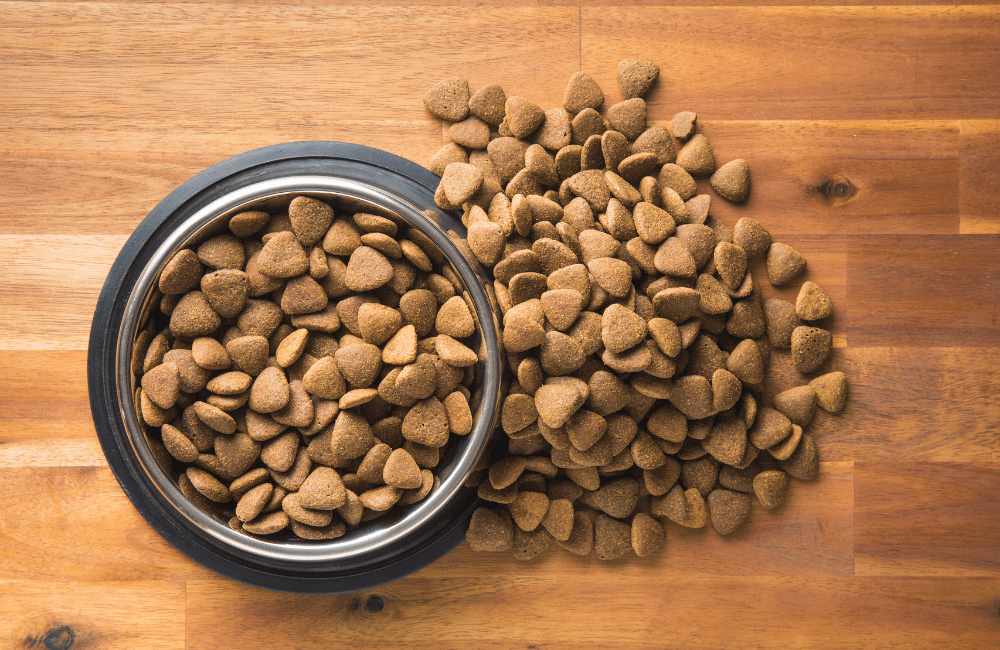Pet Attractants
Pet attractants are non-nutritional additives specifically designed to entice pets to eat, enhance the palatability of their food, and stimulate their appetite.
Many ingredients in pet food have inherent palatability issues, such as fishy substances in soybeans and lectins in legumes, which can negatively affect the food’s overall appeal.

Types of Pet Attractants
Pet attractants are generally classified into two forms: powder and paste.
- Powder Attractants:
- Made from animal fats (e.g., beef tallow, lard, chicken fat) or vegetable oils (e.g., soybean oil, corn oil).
- These fats undergo saponification, enzymatic hydrolysis, or the addition of free fatty acids, followed by emulsification with proteins, carbohydrates, water, and solidifiers, and finally spray-drying to form a powder.
- These attractants are typically used for surface spraying.
- Paste Attractants:
- Prepared by enzymatic hydrolysis and Maillard reaction of meat paste (e.g., chicken, beef), producing a meat-flavored paste.
- Post-pelleting and drying of pet food, the paste is sprayed on along with fats to mask unpleasant odors, improve palatability, and increase feed intake.

Flavor and Palatability Enhancement
Attractants bring rich and intense flavors such as meaty and milky notes. Through gas chromatography-mass spectrometry (GC-MS) analysis of pet food and attractants, the flavor profile can be systematically analyzed and correlated with palatability results to identify key flavor molecules that enhance palatability and intake.
Key Findings from Studies
- Li Chao (2013): Volatile compounds in commercial dog food and attractants include aldehydes, alcohols, acids, ketones, esters, hydrocarbons, heterocyclic compounds, and sulfur-containing compounds. The main contributors to the aroma were heterocyclic and sulfur compounds.
- Chen Xuemei (2015): Analyzed seven mainstream dog foods and four different flavored attractants, identifying 56 and 78 flavor compounds, respectively. Key compounds enhancing palatability included heptanal, benzaldehyde, ethyl vanillin, vanillin, anethole, butylated hydroxyanisole (BHA), and ethyl maltol.

Mechanisms of Flavor Development through Heat Reactions
1. Maillard Reaction
The Maillard reaction, or non-enzymatic browning, involves a series of complex reactions between carbonyl compounds (aldehydes, ketones, reducing sugars) and amino compounds (amines, amino acids, peptides, proteins) at specific temperatures. The reaction progresses through three main stages:
- Initial Stage: Carbonyl-ammonia reactions and Amadori rearrangement, without noticeable color changes or flavor production.
- Intermediate Stage: Degradation of Amadori products (ARP) varies with pH, forming furan or hydroxymethylfurfural in acidic conditions and reductones and other intermediates in basic conditions. Strecker degradation occurs, producing aldehydes and a-amino ketones, forming brown, soluble compounds.
- Final Stage: Formation of brown, insoluble melanoidins, contributing to food flavor despite some nutrient loss.

2. Lipid Oxidation Degradation
Lipid oxidation significantly contributes to meat-like flavors. Heating causes hydrolysis into free fatty acids and oxidation of unsaturated fats, forming volatile compounds like aldehydes, ketones, acids, furans, and alkenes, which are crucial for aroma. Saturated fats produce lactones, methyl ketones, propylene aldehyde, and short-chain fatty acids upon heating.
3. Degradation of Sulfur-containing Compounds
Sulfur-containing compounds are essential for cooked meat flavors, derived from intermediates like cysteine and methionine. These compounds react during the Maillard reaction, forming furan, thiophene, thiazole, and sulfur compounds. Thiamine degradation also contributes to sulfur-flavored compounds.

Research on Heat-Reaction Attractants
Early studies abroad have established advanced techniques for producing heat-reaction attractants. For example:
- Buck (1972): Used animal blood, reducing sugars, yeast, and fats to create meat-flavored cat food.
- Joaquin Castro Lugayl: Developed dog food attractants using yeast, animal blood, and beef tallow with reducing sugars and enzymes at controlled temperatures.

Domestic Research
Domestic studies began later but have shown significant progress:
- Li Chao (2013): Used papain to hydrolyze chicken, followed by Maillard reaction to produce a meat-flavored dog food attractant.
- Kong Ling (2015): Developed beef-flavored pet attractants through enzymatic and heat reactions, showing improved palatability.
In summary
pet attractants play a vital role in enhancing the palatability and appeal of pet food, with ongoing research and development improving the effectiveness and flavor profiles of these additives.













